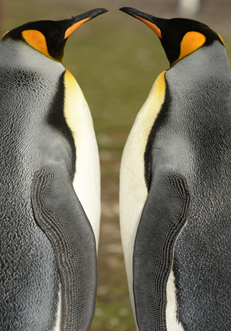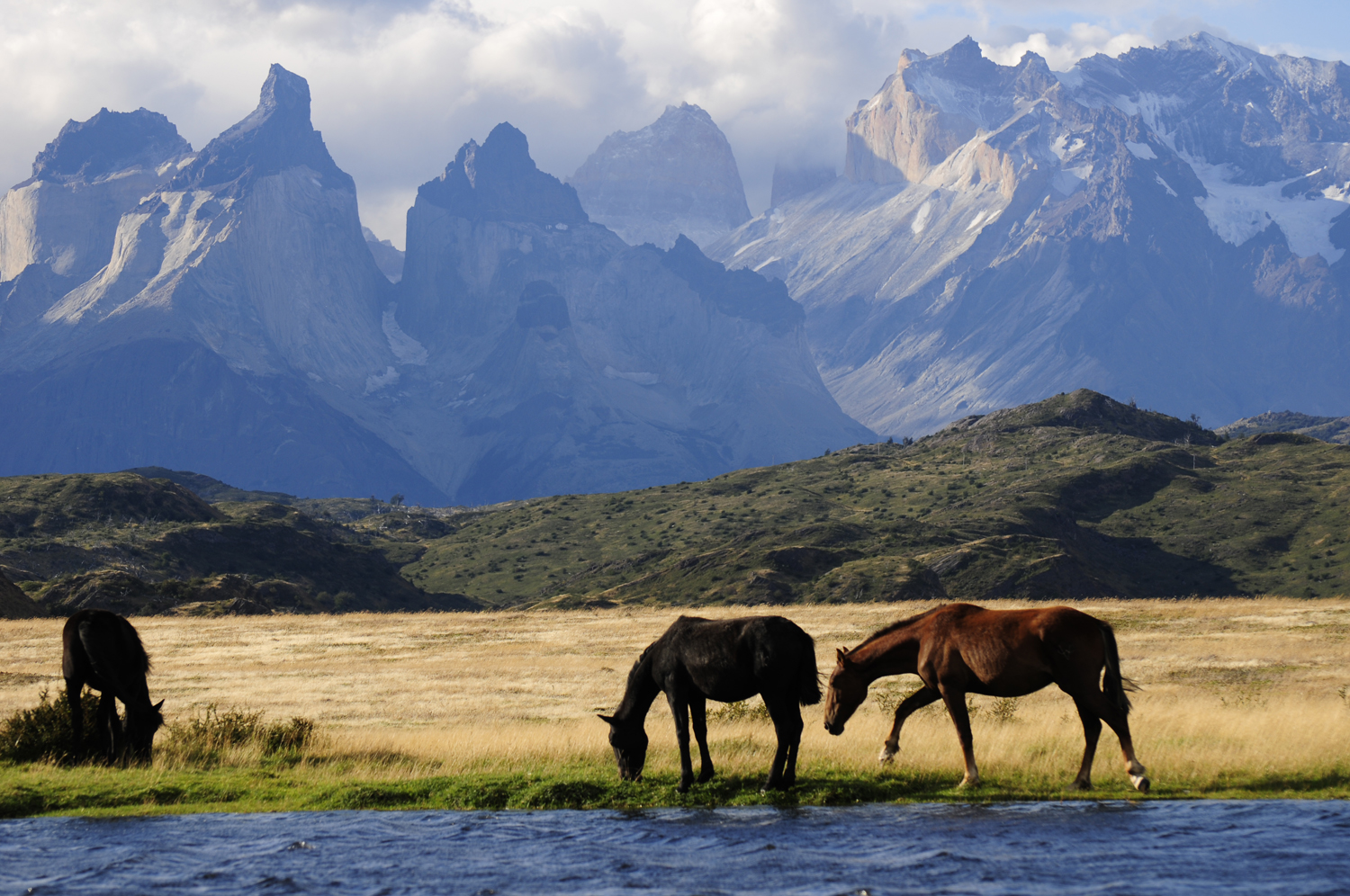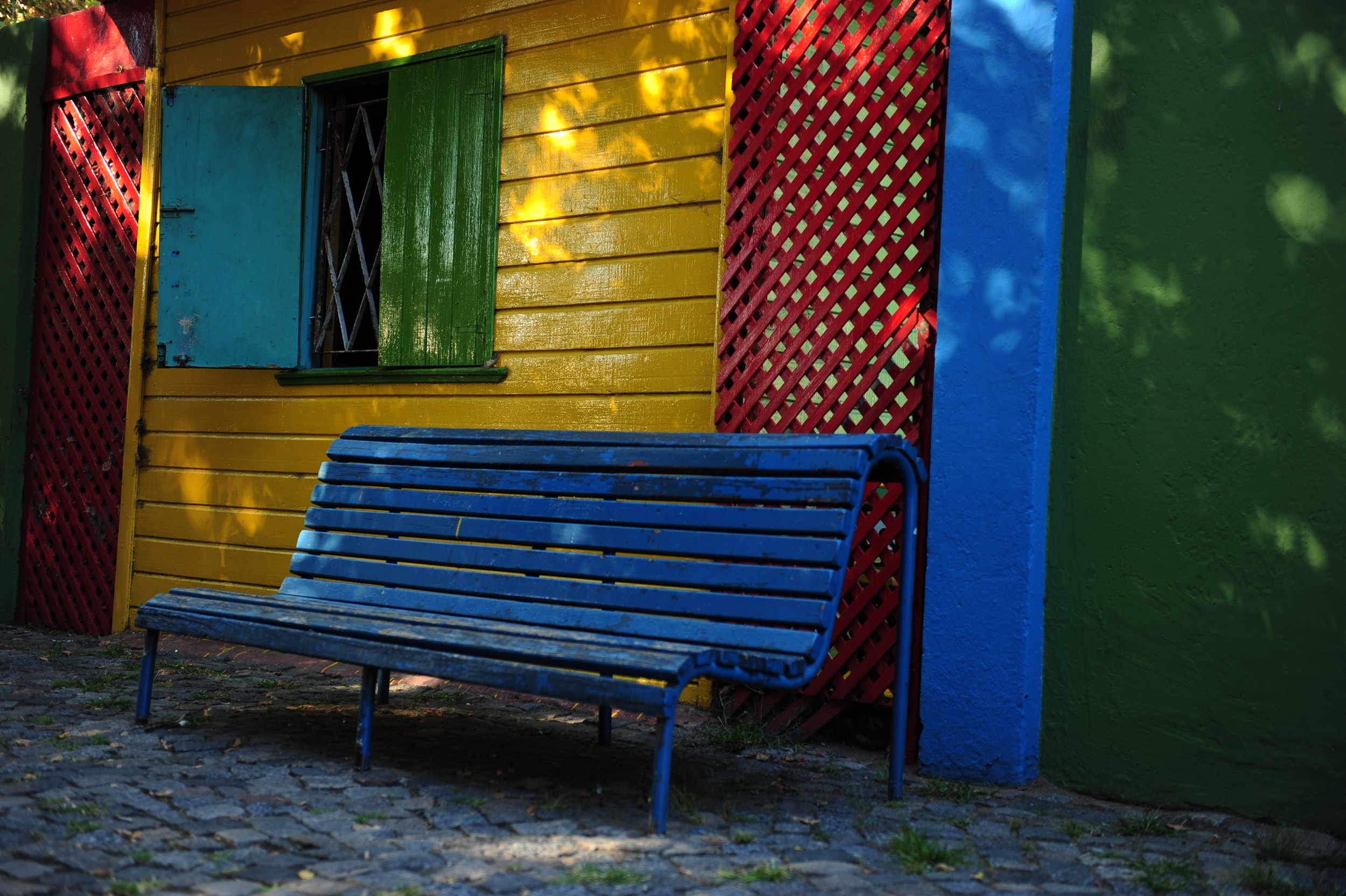Patagonia with Adam Jones
10 DAYS // Nov 28 – Dec 8, 2016
Glaciers National Park
UNESCO declared this Park a World Heritage Site in 1981 for the endangered species, spectacular beauty and it’s scientific interest. Ice dominates the Park: 2,600 square kilometers of ice fields from where 47 major glaciers descend. The absolute “star” of all them is the Perito Moreno Glacier, over the south branch of Lake Argentino. It has an imposing front wall of 5 km. and it is 60 meters tall. But there is an even bigger one: the Upsala Glacier , 10 km. wide and 50 m. tall. At the north of the park, another gem: Mount Fitz Roy, a true challenge for mountain climbers with its 3,375 meters.
Viedma Lake & Viedma Glacier
Lake Viedma, approximately 50 miles (80 km) long, is located in southern Patagonia near the border between Chile and Argentina. It’s a major elongated trough lake formed from melting glacial ice. It is fed primarily by the Viedma Glacier at the western end of the lake, which measures 3 miles (5 km) wide at its terminus. The brown landscape is a result of ice scouring, which left virtually no vegetation on the steep-walled valleys.
The ice fields of Patagonia, located at the southern end of South America, are the largest masses of ice in the temperate Southern Hemisphere (approximately 55,000 square km). The ice fields contain numerous valley glaciers that terminate in melt water-fed lakes. These are known as "calving" glaciers, as they lose mass when large ice chunks collapse from the glacier. These newly separated chunks of ice are then free to float away much like ice cubes in a punch bowl.
Torres del Paine National Park
This National Park covers 181,000 hectares (450,000 acres) and was declared an UNESCO biosphere reserve.
The Torres del Paine National Park and environs has four types of vegetation: pre-Andean scrubland on the banks of rivers and lakes; Magallanes forest made up of species of the Nothofagus genus; Magallanes tundra, typified by the presence of bent-over bushes, cushions of plants and pasturelands; and high altitude vegetation above the forests, which disappears as the altitude increases.
This diversity of environments leads to presence of a large number of mammals, including especially the Puma, Guemal, Guanaco, Chilla Fox, Culpeo Fox and Skunk.
The park has a wide variety of bird fauna, with about 100 visible species.
Climate
Buenos Aires and Santiago: The weather in the capitals is hot and humid. Daytime high temperatures can be expected to be 85-95°F with up to 70-75% humidity. Nighttime lows should average 63-70°F during these months.
Patagonia: The weather varies greatly depending on the regions. It is important to be aware that any itinerary into these regions is subject to change due to weather factors. Daytime high temperatures during the months of November through February on the mainland (Rio Gallegos, El Calafate, Fitz Roy) will be between 58-72°F, with nighttime low temperatures ranging between 40-45°F.
CLOTHING
A water/windproof jacket, fleece, waterproof/comfortable hiking shoes and sun protection is recommended. Patagonia experiences an amazing variety of climates and wet weather is common, so fast-drying clothes that can be layered work best for these areas.
Food
Our planned meals include a mix of regional and international specialties such as BBQ, sandwiches, pasta, fresh produce, etc. Beef is central to the Argentinean diet. Barbecue grills and steak houses are common, often with 10-15 different choices of beef cuts.
On the Chilean side, seafood is among the worlds best and can usually be prepared to you liking fried, grilled or steamed.
Travel
Travelers with a US or Canadian passport do not need a visa. Visit www.embassy.org for entry requirements if your passport is from another country.
Your passport must be valid at least 6 months following the end of your trip for entry into Chile or Argentina. If it expires sooner, you must get a renewal. For passport service visit: U.S. Passport Service.webloc or Passports and Visas.
HEALTH AND MEDICAL
No immunizations are currently required for visiting Patagonia We recommend for your protection that you have the following: Hepatitis A and Typhoid. For the most current information, please consult your doctor and/or visit the website for Center for Disease.
Money Matters
The local currency in Argentina is the Peso Argentino, the Value Added Tax (VAT) is 21%. It is best to change currency in Buenos Aires in order to get better value for the Dollar or the Euro. Credit cards are also widely accepted, except in smaller and more isolated towns and villages.
Many restaurants, markets, and other service providers readily accept US dollars.
Miscellaneous
Patagonia uses 220 volt, 50-cycle electricity. Travelers will require a voltage converter for 110-volt devices. Plugs are either two rounded prongs, two flat prongs (like the US), or three angled flat prongs so most travelers will want plug adaptors as well
Country Information
Buenos Aires is the capital of the Republic of Argentina and the country’s largest city. It is a modern, dynamic and radiant city that features the European architecture of its founders and the passion of its people the “Porteños” meaning the people of the port.




